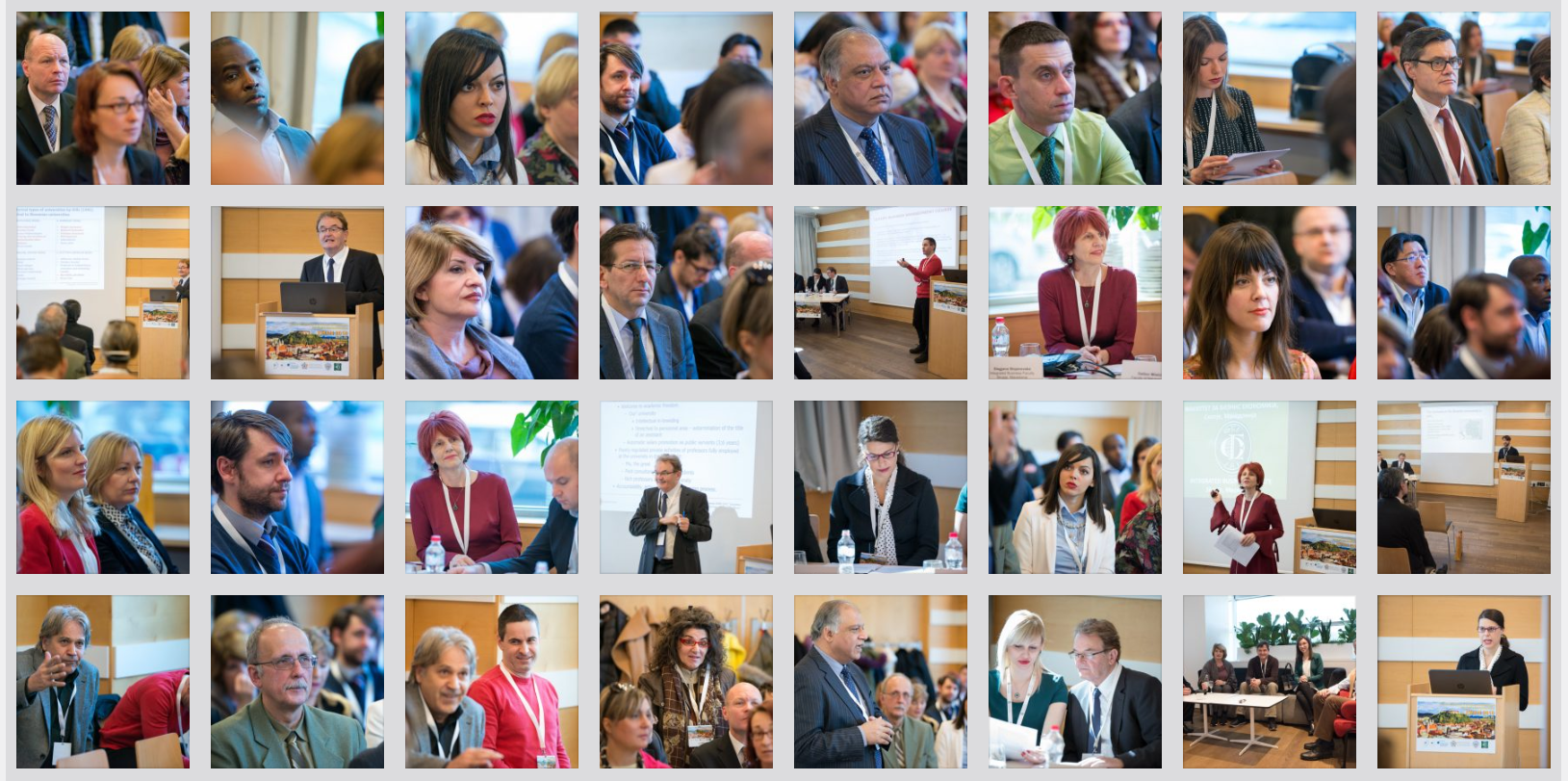Abdurrahman Bekar – Comenius University Bratislava, Odbojarov 10, 820 05 Bratislava, Slovak Republic
Milan Fekete – Comenius University Bratislava, Odbojarov 10, 820 05 Bratislava, Slovak Republic
Keywords:
OEM Europe;
Automotive industry;
Hydrogen;
Fuel Cell Electric Vehicles
Abstract: Climate policy goals have now taken on a strongly dominant role in European mobility development. In the current preferred approach, European OEMs are focusing on the BEV strategy, which is considered an established technology. However, the shift towards a purely battery-oriented direction in Europe is advanced, yet there are still long ways to go before speaking of complete market penetration. Meanwhile, Asian and American providers have embedded themselves in the European market, threatening to snatch significant shares from European OEMs in the overall market. Therefore, a separate approach has emerged to determine possibilities for expanding the product portfolio to FCEVs in Europe, as this market is still in its early stages internationally. An empirical approach was used to identify the factors European OEMs see as implementation or barriers to an FCEV strategy. The results indicate that, generally, such a strategy extension appears feasible in many factors, yet there are hardly any implementations for real feasibility. Costs and model portfolios are particularly emphasized here. However, there are also cautious attitudes due to a lack of refueling infrastructure and perceived insufficient demand on the customer side.

Download full paper

8th International Scientific Conference – EMAN 2024 – Economics and Management: How to Cope With Disrupted Times, Rome, Italy, March 21, 2024, CONFERENCE PROCEEDINGS, published by: Association of Economists and Managers of the Balkans, Belgrade, Serbia; ISBN 978-86-80194-83-7, ISSN 2683-4510, DOI: https://doi.org/10.31410/EMAN.2024
Creative Commons Non Commercial CC BY-NC: This article is distributed under the terms of the Creative Commons Attribution-Non-Commercial 4.0 License (https://creativecommons.org/licenses/by-nc/4.0/) which permits non-commercial use, reproduction and distribution of the work without further permission.
REFERENCES
Alvarez-Meaza, I., Zarrabeitia-Bilbao, E., Rio-Belver, R. M., & Garechana-Anacabe, G. (2020). Fuel-cell electric vehicles: Plotting a scientific and technological knowledge map. Sustainability, 12(2334). https://doi.org/10.3390/su12062334
Blaumeiser, D., & Arzt, J. (2022). Hydrogen compass: A comparison of international hydrogen strategies. Frankfurt: Dechema/Acatech.
Bormann, R., et al. (2018). The future of the German automotive industry: Transformation by disaster or by design? Bonn: Friedrich-Ebert-Stiftung. https://doi.org/10.31235/osf.io/6w5m2
Clausen, J. (2022). The hydrogen dilemma: Availability, needs, and myths. Borderstep Institute.
Comer, J. (2022). Official Journal of the European Union, 2022/C 152/23, 65th year, 138–144.
Hagedorn, M., et al. (2019). Automobile value creation 2030/2050. Saarbrücken: Saarland University.
Hattrup-Silberberg, M. (2023, June 26). Electric vehicle index: 6 out of 10 electric cars from China. McKinsey & Company. https://www.mckinsey.de/news/presse/2023-06-26-evi-2023
Heiberger, R. M., & Holland, B. (2015). Statistical analysis and data display: An intermediate course with examples in R (2nd ed.). Springer. https://doi.org/10.1007/978-1-4939-2121-8
Heuser, P.-M. (2020). Worldwide infrastructure for hydrogen supply based on renewable energies. Energie & Umwelt /Energy & Environment, 532. Aachen: RWTH.
Kagermann, H., et al. (2021). Resilience of the automotive industry: Between global structures and local challenges. Munich: Acatech Impuls.
Loengbudnark, W., Khalilpour, K., Bharathy, G., Taghikhah, F., & Voinov, A. (2022). Battery and hydrogen-based electric vehicle adoption: A survey of Australian consumers’ perspectives. Case Studies on Transport Policy, 10, 2451–2463. https://doi.org/10.1016/j.cstp.2022.11.007
Maihold, G. (2022). The new geopolitics of supply chains. SWP-Aktuell, 45. https://doi.org/10.18449/2022A45
Masoumi, S. M., Kazemi, N., & Abdul-Rashid, S. H. (2019). Sustainable supply chain management in the automotive industry: A process-oriented review. Sustainability, 11(4395). https://doi.org/10.3390/su11143945
Menski, H., et al. (2022, August). Focus on hydrogen: Japan’s energy strategy for hydrogen and ammonia. Clifford Chance Japan.
Meyermann, A., Gebel, T., & Liebig, S. (2020). Organisational data. In N. Baur & J. Blasius (Eds.), Handbuch Methoden der empirischen Sozialforschung (2nd ed., pp. 1321–1336). Springer. https://doi.org/10.1007/978-3-658-21308-4_97
National Platform Future of Mobility. (2021). Position paper “Fuel cell.” WG 4 – Interim Report. Düsseldorf: ifok GmbH.
Prawitz, S. (2023, February 3). European record for new construction of hydrogen refuelling stations. Automobil Industrie. https://www.automobil-industrie-vogel.de/wasserstofftankstellen-neubau-europa
Proff, H., et al. (2023). Global automotive consumer study: Key findings. Deloitte Development LLC.
Samsun, R., Rex, M., Antoni, L., & Stolten, D. (2022). Deployment of fuel cell vehicles and hydrogen refuelling station infrastructure: A global overview and perspectives. Energies, 15(4975). https://doi.org/10.3390/en15144975
Schneider, U. (2017). User perceptions of the emerging hydrogen infrastructure for fuel cell electric vehicles. ECEEE Summer Study Proceedings. Karlsruhe: Fraunhofer Institute for Systems and Innovation Research ISI.
Sievers, L., & Grimm, A. (2022). Innovation activity in the automotive sector: Analysis with a focus on sustainable drive technologies and digitalisation. Commission of Experts for Research and Innovation (EFI). Berlin: EFI. https://doi.org/10.1613-4338
Sorge, N.-V. (2023, December 23). Which means of transport should the state promote?. Spiegel. https://www.spiegel.de/auto/elektroautos-wasserstoff-bei-deutschen-beliebter-als-batterien
VDI Verein Deutscher Ingenieure e.V., & VDE Verband der Elektrotechnik Elektronik Informationstechnik e.V. (2019). Fuel cell and battery vehicles: Significance for electromobility. Düsseldorf: VDI/VDE.
Wang, J. (2022, January 12). Overview & trends of China’s FCV industry. China SAE. https://express.converia.de/custom/media/EFC21/Chinas_FCV_Industry_China_SAE.html
Weider, M., Metzner, A., & Rammler, S. (2004). The fuel cell race: Activities and strategies regarding hydrogen and fuel cells in the automotive industry. Berlin Social Science Centre. https://doi.org/10.31219/osf.io/2hz9x
Wolf, A. (2023). Development of hydrogen hubs in Europe: An analysis of the European hydrogen landscape. Freiburg: Centre for European Policy.
Zapf, M., et al. (2020). Cost-efficient and sustainable automobiles: Assessment of real climate impact and total costs—Today and in the future. Wiesbaden: Springer. https://doi. org/10.1007/978-3-658-24060-8

